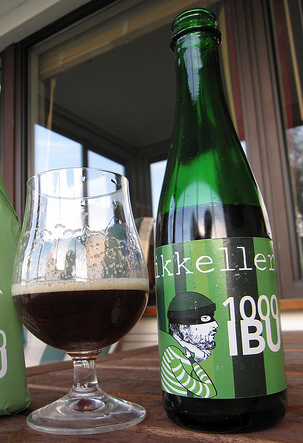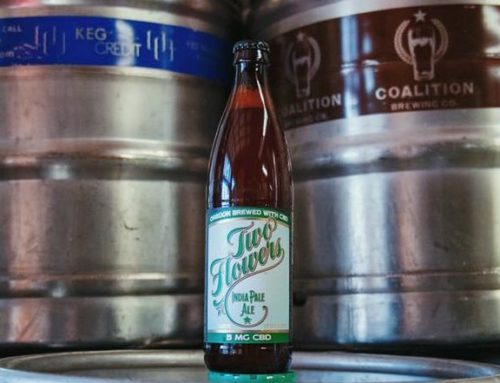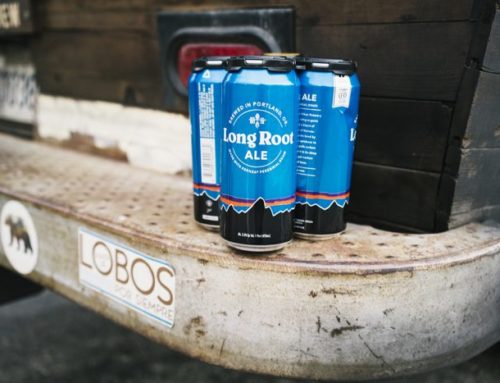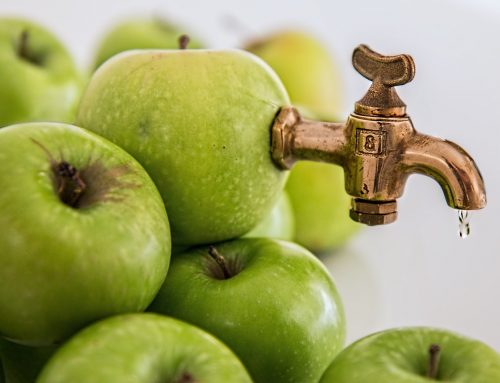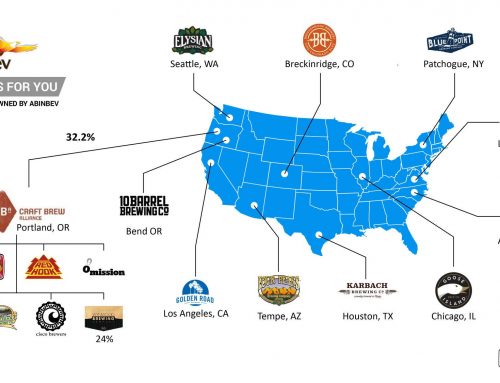If you enjoy craft beer, you’ve probably encountered a can or two that lists the IBUs. Craft beer enthusiasts love their stats, and IBU is one of the most common ones besides ABV (alcohol by volume). IBU stands for “International Bitterness Units.” It tells you how bitter a beer is, although it’s not exactly an exact science. Something as complicated as bitterness, one of the five pillars of taste (alongside sour, sweet, salty, and umami), is not so easily quantified.
However, IBUs have become central to beer marketing, and even beers that aren’t particularly bitter or hop-driven often list them. Recently, beer experts have begun cautioning consumers against relying too heavily on IBUs. Should you take their advice and ignore that number? Maybe. But let’s start with a look at what, exactly, it means.
What Do IBUs Measure?
A beer’s IBU level is based on the number of bittering compounds in that beer. These are a selection of acids and other chemicals that give beer its bitter taste. Almost all beer falls between 5 and 120 IBUs, although a majority of it is in the even narrower band of 15-80 IBUs. In theory, IBUs are unlimited. Beer has been made with as many as 2500 IBUs, but the human palate can only really taste 110.
The beers with IBUs that high are usually double or triple IPAs—heady and hop-forward brews. The popularity of IBUs as a beer stat is, in fact, tied very closely to the popularity of IPAs.
The IPA Craze
For a long time, IPAs dominated the craft beer scene. IPA was and is the most popular craft beer style, and so IBUs took on outsized importance. Hop-heads in search of ultra-hoppy, ultra-bitter IPAs hunted for beers that broke the 100 IBU barrier. The statistic took on an outsized importance, mostly due to the prevalence of hop-forward IPAs.
However, while it is actually a very accurate way of representing the sensory experience of bitterness, it doesn’t do a great job of describing the beer’s overall flavor. There are also many other factors that can affect how bitter a beer tastes. For example, a beer’s malt profile can counteract quite a bit of bitterness. Heavier, maltier beers like stouts could have a higher IBU than, say, a pale ale, and still taste far less bitter.
Use Sparingly
When it comes to measuring bitterness in a hop-focused beer, IBUs are actually great. They can tell you very accurately how much of a punch that IIPA you brought home from the bottle shop is packing. However, their usefulness diminishes greatly when you move away from pale ales, IPAs, and double/triple IPAs.
They can still be useful, of course—a stout with 50 IBUs is going to have more bite and backbone than a stout with 35—but they don’t have quite as much to say about the beer’s overall flavor. If you use IBUs as your sole measure of a beer’s quality, you’ll miss out on a lot of amazing styles. It sounds ridiculous that anyone would do that, but the IPA craze was no joke!
To get the most out of your craft beer experience, consider IBUs a supporting actor, not a lead. If you rely on bitterness alone to buy beer, you’ll miss out on a whole slew of amazing styles, and that’s a shame. Trying as many different beers as you can before you die is, after all, the whole point!

